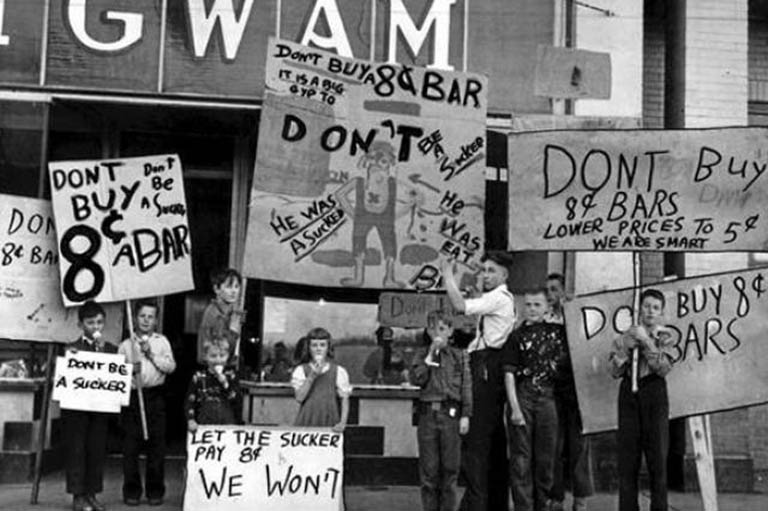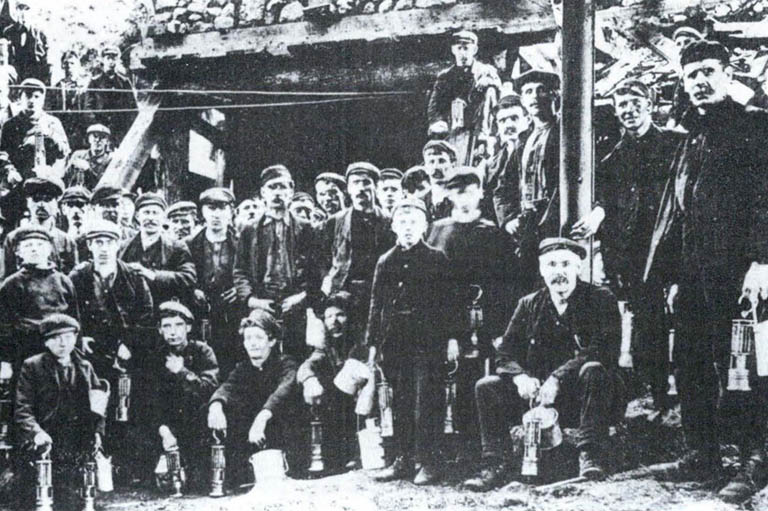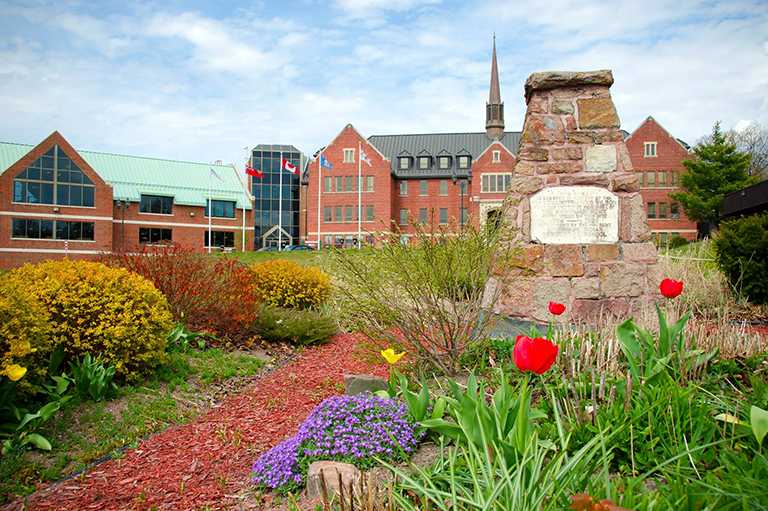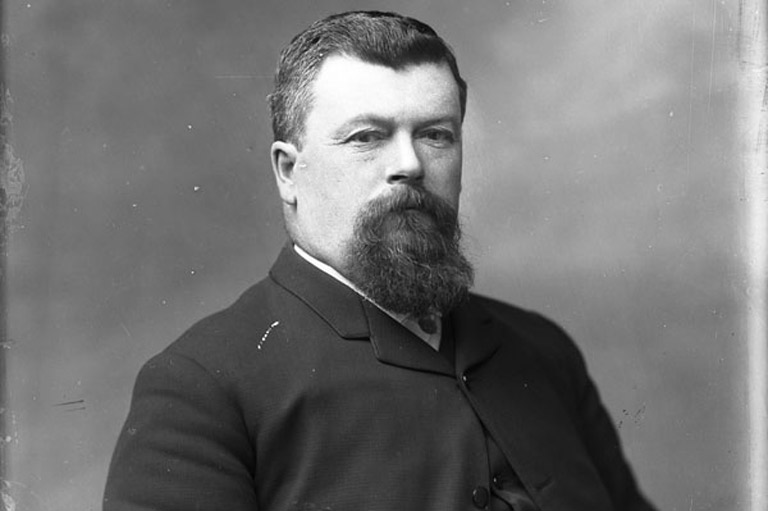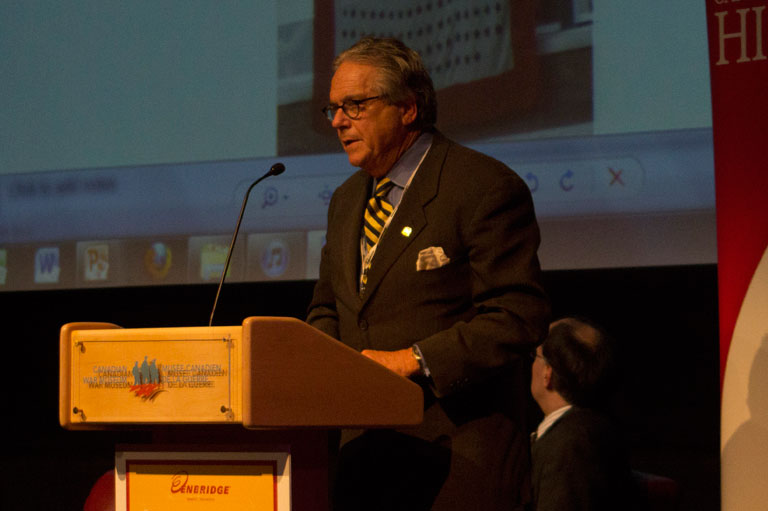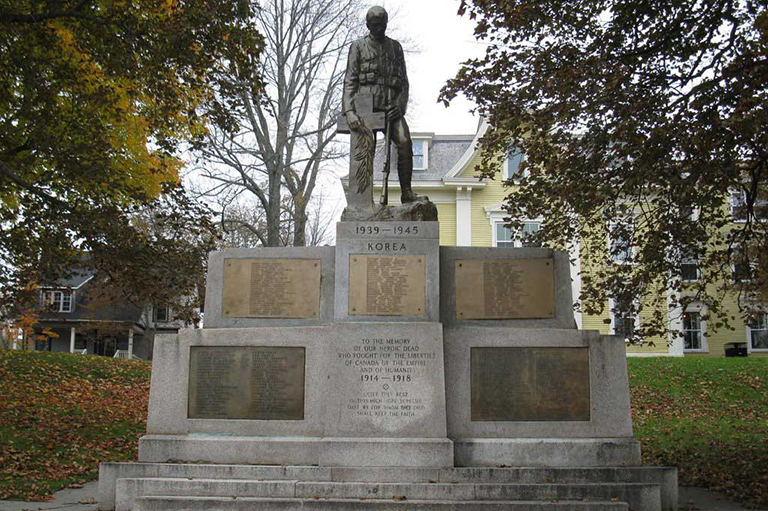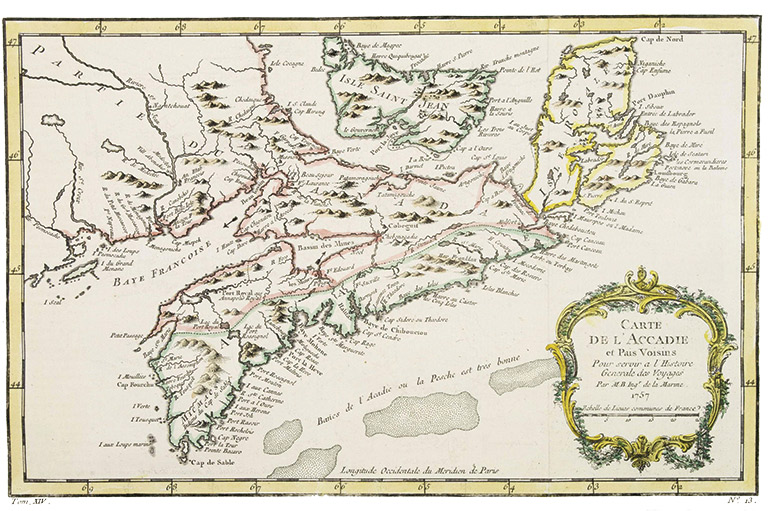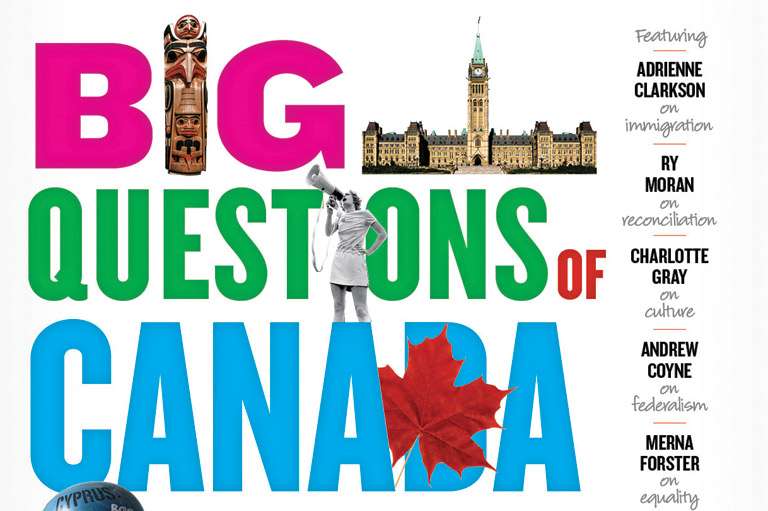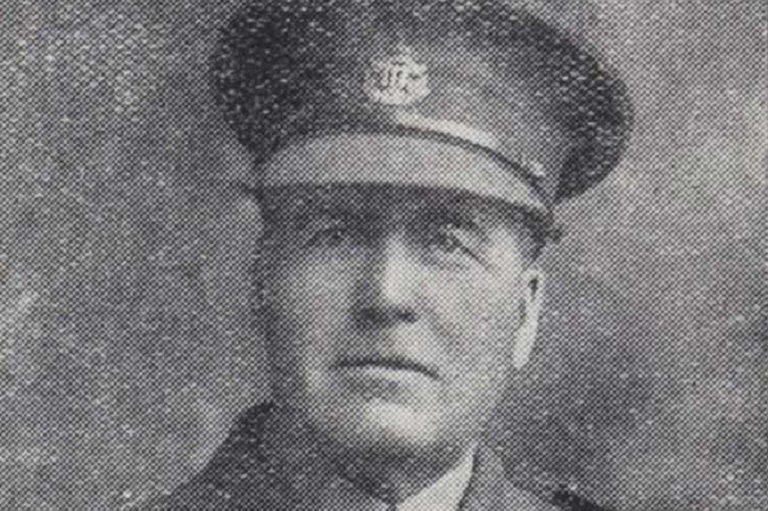Discover a wealth of interesting, entertaining and informative stories in each issue, delivered to you six times per year.
Chinese Students Challenge Segregation
-
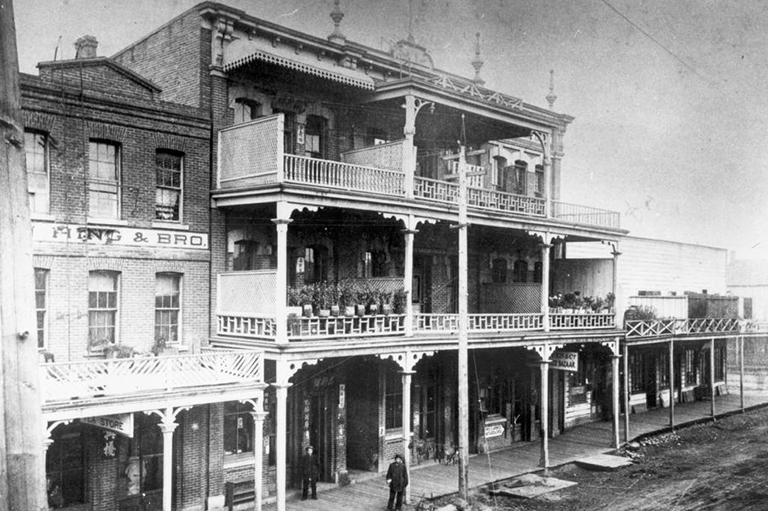 Chinese businesses on Fisgard Street, Victoria, British Columbia.BC Archives - Item D-05246
Chinese businesses on Fisgard Street, Victoria, British Columbia.BC Archives - Item D-05246 -
 Chinese schoolchildren going to school in Victoria, British Columbia.BC Archives - Item F-06763
Chinese schoolchildren going to school in Victoria, British Columbia.BC Archives - Item F-06763 -
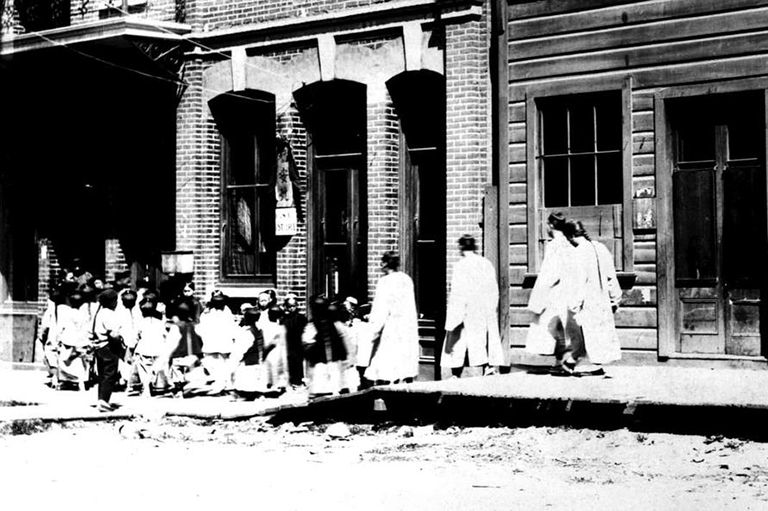 Chinese schoolchildren going to school in Victoria, British Columbia.BC Archives - Item A-06693
Chinese schoolchildren going to school in Victoria, British Columbia.BC Archives - Item A-06693 -
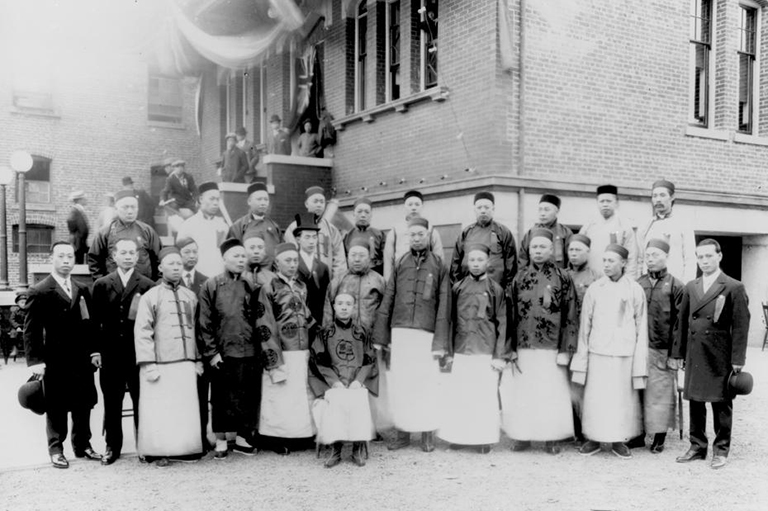 Group in front of Chinese School, Fisgard Street, Victoria, British Columbia.BC Archives - Item F-07784
Group in front of Chinese School, Fisgard Street, Victoria, British Columbia.BC Archives - Item F-07784 -
 First Graduation Class Of The Chinese Public School, Chinatown, Victoria. Principal: Lee Mong KowBC Archives - Item D-08821
First Graduation Class Of The Chinese Public School, Chinatown, Victoria. Principal: Lee Mong KowBC Archives - Item D-08821
In September 1922, the Victoria Daily Times reported on a curious incident in the streets of Victoria, British Columbia. A principal was leading a group of Chinese students down the street towards their new school when, in a matter of seconds, the entire assembly vanished into the adjacent streets: “A Chinese boy holding the reputation of being the quietest and most studious in the class shouted something in the Oriental lingo, and like a flash the parade disbanded, leaving Principal Cunningham in the middle of the roadway and wondering how he could overcome the difficulties of the situation.” The coordinated action of the students was a response to the Victoria District School Board’s decision to implement racial segregation in its schools. It was the first act in what would become a year-long student strike in opposition to segregation.
The history of school segregation is seldom remembered in Victoria, but two buildings in the heart of today’s Chinatown played a central role in the Chinese community’s response to it. The first building, at 542-562 Fisgard Street, was built in 1885 to provide a base for the Chinese Consolidated Benevolent Association (CCBA), an organization that campaigned against discriminatory laws at all levels of government. One block away stands 636 Fisgard Street, the current home of the CCBA and the Chinese Public School. Together, the CCBA and Chinese Public School buildings bear witness to the history of school segregation and the 1922 Chinese student strike that struggled against it.
Sign up for any of our newsletters and be eligible to win one of many book prizes available.
At the turn of the twentieth century, most Chinese students in Victoria attended the Lequn Yishu (Sociability Free School), which was founded by the CCBA in 1899 to accommodate the growing population of Chinese youth. Housed on the third floor of the CCBA Building, the Lequn Yishu taught a classical Confucian curriculum, and was Canada’s first Chinese public school. A small number of Chinese students attended other public schools. Even so, white parents voiced objections to having Chinese children study alongside their own. Racial bigotry was pervasive in British Columbia’s Anglo-European population, and parents complained that Chinese students were dirty, poorly mannered, and obstructed the progress of the class as a whole. In 1907, the school board responded to these complaints by passing a resolution that forced Chinese students to pass an English exam before being allowed to attend public schools. The exam was a formality to deflect criticisms that the policy was racially prejudiced — French, German, and other linguistic minorities were exempt.
After a legal challenge from the CCBA, the school board agreed to allow Canadian-born Chinese students to attend schools without passing the exam. Another forty Chinese-born children who could not pass the exam were forced to attend the already overcrowded Lequn Yishu school. In response, the CCBA decided to build a new school to accommodate the new students. On August 7, 1909, the Chinese Public School opened at 636 Fisgard Street. The school educated students in Cantonese, and also provided English classes to help Chinese-born students pass public school entrance exams.
Partial segregationist policies remained in place for much of the next decade, but the issue re-emerged in full force in the summer of 1922. That July the school board decided to impose a segregated school system on all of the city’s Chinese students. Again, the decision was couched in terms of efficiency and educational goals, but its terms were strictly racial. Only Chinese students were to be relocated, and these without reference to individual students’ linguistic or intellectual abilities.
Save as much as 52% off the cover price! 6 issues per year as low as $29.95. Available in print and digital.
The policy came into effect on September 5, 1922. That day, rather than attend their segregated schools, the Chinese students simply dispersed, leaving Principal Cunningham and others scratching their heads. The school board had spent much of the summer making the necessary arrangements: building a new (if already dilapidated) school, purchasing land from the city, hiring a principal and new teachers. Such expenses would be difficult to justify without even students to show for them. The board refused to back down, however, and the CCBA began to prepare for a long-term strike by organizing a school for the striking students. The Zhonghua Yixue, or Chinese Free School, was opened on November 15. Based in the CCBA Building, the school was financed with voluntary contributions and offered an explicitly Chinese nationalist curriculum.
The student strike continued for a year before the school board finally relented. Students were allowed to return to their original schools in September 1923, but partial segregation remained in place for those with poor English skills. Nonetheless, the strike community succeeded in forcing many Victorians to reconsider the issue of segregation. In the words of historian Timothy Stanley, the students “showed to one and all that racist fantasies were just that” — fantasies. The old CCBA Building at 554-562 Fisgard Street and the still-operating Chinese Public School at 636 Fisgard were born out of widespread discrimination, but today they stand as a testament to the Chinese community’s struggle to overcome it.
Thanks to Section 25 of the Canadian Charter of Rights and Freedoms, Canada became the first country in the world to recognize multiculturalism in its Constitution. With your help, we can continue to share voices from the past that were previously silenced or ignored.
We highlight our nation’s diverse past by telling stories that illuminate the people, places, and events that unite us as Canadians, and by making those stories accessible to everyone through our free online content.
Canada’s History is a registered charity that depends on contributions from readers like you to share inspiring and informative stories with students and citizens of all ages — award-winning stories written by Canada’s top historians, authors, journalists, and history enthusiasts.
Any amount helps, or better yet, start a monthly donation today. Your support makes all the difference. Thank you!


